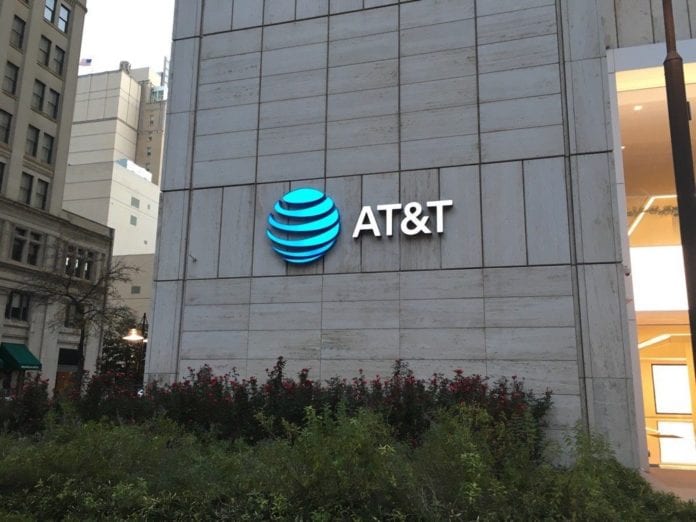John Stephens calls out 5G for hospitals, manufacturing
AT&T currently has its millimeter wave-based 5G service, dubbed 5G+, available in 21 cities with plans for 29 by year-end and nationwide coverage by mid-2020. As the build out continues, company Chief Financial Officer John Stephens highlighted how enterprises will use 5G as a platform for innovation as applications are further developed.
Following Stephens comments on Tuesday morning, AT&T announced it activated 5G service in parts of New York City for “business and developer customers.”
Stephens, speaking at Oppenheimer & Co.’s 22nd Annual Technology, Internet and Communications Conference in Boston, called out how 5G is being tapped by a hospital system in Chicago and by a manufacturer in Austin. He said initial applications will be very “pragmatic” and focused on process automation and the internet of things. The next step, he said, is matching technical service capabilities with applications as businesses explore, “How can we do this differently, how can we apply this more efficiently?”
In Chicago, AT&T is working with Rush University Medical Center and the Rush System for Health to explore how 5G and multi-access edge computing can benefit healthcare with a focus on streamlining internal data handling while improving patient experience. In Austin, AT&T is working with Samsung to test 5G for manufacturing in the company’s semiconductor fabrication facility. Applications are focused on improved “efficiency, safety, security and operational performance within the manufacturing industry,” according to AT&T.
On the network side, Stephens said winning the FirstNet contract provided the opportunity “to do everything.” That includes deploying FirstNet’s 700 MHz spectrum while simultaneously putting AWS 3 and WCS spectrum into service, rolling out gigabit LTE features like 4X4 MIMO, 256 QAM and carrier aggregation and installing 5G-ready equipment.
Asked by Oppenheimer & Co.’s Tim Horan what the potential merger of Sprint and T-Mobile US means for AT&T, Stephens said, despite a consent decree from the U.S. Department of Justice, the deal still isn’t done. But, at a high-level, “Mergers are really hard. You’ve got to bring together two different cultures, two different customer bases. All of that is just hard to do and it’s expensive. So we’ll see what happens.”
He continued: “For all the things I said about our wireless business, we’re ready to compete. It’s a competitive market today; it’ll be a competitive market tomorrow. We feel good about the ability to compete going forward.”

